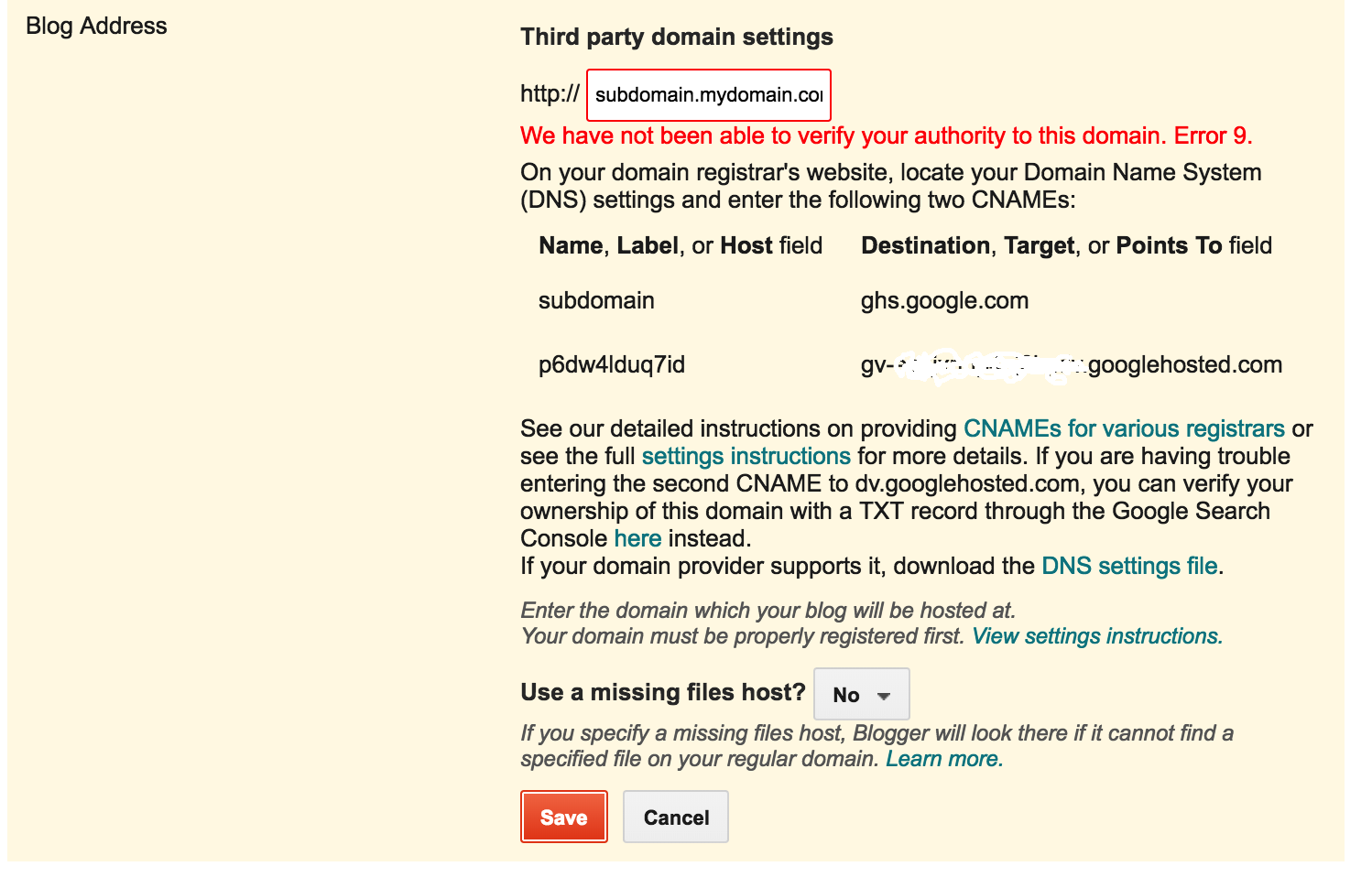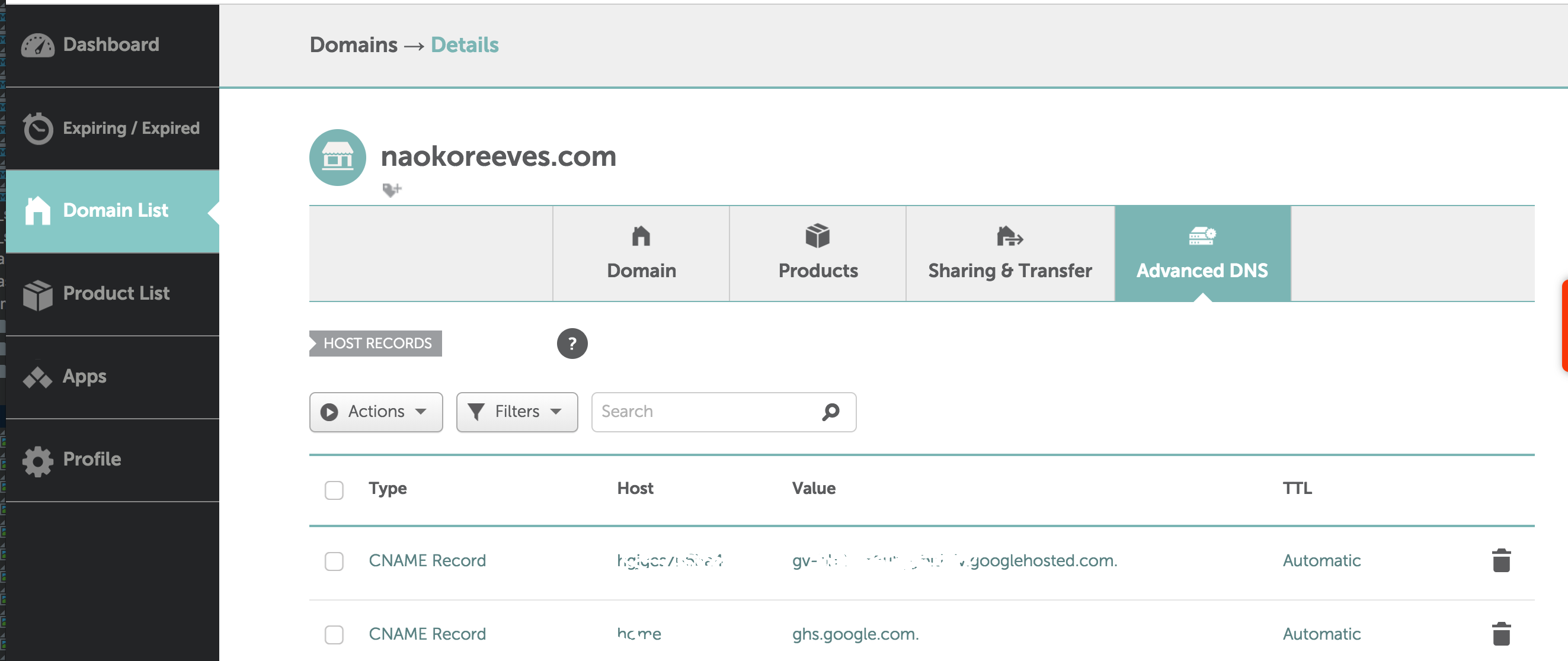The Goal:
Decide on most money worth indoor cycling bike and software options.
Motivation: I run almost everyday but some days, my knee hurts and some days it rain on me. For those reasons, I have been thinking of other cardio option other than running and swimming. Biking seems so fun with right software and easy on your knee.
Software
Just like computer, without right software device (bike) won’t be much useful. You will be more motivated if software is good (addictive and stress free) and you will hopefully use your device to the full potential.
So I decided to look from angle of software perspective.
There are 3 notable software out there.
- zwfit is still in beta (as of 2018-10-03) but getting much attention from indoor cyclist.
- ifit Coach
- peloton
Setup Options and other cost
Zwift
There are 3 level of setup. This video is very comprehensive.
Assuming that you already have mountain bike. If not, add that to cost. $100 to $600+.
Basic: * Bike home trainer * The cheapest one you can get starts from around $50. * Garmin speed sensor is less than $40 Flexible Setup * Bike home trainer * Power Meter. Power meter is is a device fitted to a bike that measures the power output of the rider. Most commonly, power meters use strain gauges that deflect slightly when a force is applied. By measuring this torque and combining it with angular velocity, power (measured in watts) can be calculated. It measure much more than speed and cost more than speed sensor. Premium Setup * Smart trainer which will give you automatic resistance. Smart trainer is available from around $230.
Also you want to have monitor. If you want dedicated monitor or tablet, include that in the cost as well.
Monthly Membership Fee $14.99 (used to be $10)
ifit Coach
iFit will give you access to:
- Personal trainer
- Unlimited virtual travel
- Virtual gym membership
- Workout classes
The official training bike is ProForm Tour De France which automatically simulates every hill and dip etc.
The software is also available on both Android and iOS and just like most software, review on Android is so low. Chances are depends on your device, it doesn’t work.
Max Weight is 350lb.
Per this review though
- The automated incline/decline doesn’t always work
- iFit isn’t well-integrated with TDF bikes (Often crashes)
So kind of “no”….
Other compatible bike NordicTrack Commercial S10i Studio workout video automates your bike’s resistance and incline/decline to follow the coach’s plan. Comes with 10” Smart HD Touchscreen. $1500 includes first year membership cost.

$500 more for 22 inch screen bike
iFit Coach membership with equipment:
Pay all at once and save 15% - $33 per month or opt to pay monthly for $39 per month
Peloton
Monthly subscription for the software is $39 if you own their bike. Standalone is $12.99 for a monthly membership but lacks various metrics as it is not linking to device. Currently Android OS user has no option. Peloton is only available on iOS and planning to release for Android on late 2018. So you could go with just buying good spin bike which ranges from
Bike comes with amazing 22 inch touchscreen. With its live-streaming and on-demand classes, costs roughly $3,000 for the first year (Bike $2000 + $250 for shipping and setup) and nearly $500 each year thereafter.
Without paying the $39 monthly subscription, you’re left with just three classes and a free-ride mode that displays only real-time data on the screen, with no leaderboard-inspired competition or any record of your efforts.
No automatic resistance control by the way.
Nice looking bike though

Verdict
I don’t know yet… but considering automatic resistance control (Peloton is not supporting), I was learning towards either NordicTrack Commercial S10i or Zwift setup (buy bike, trainer and monitor etc). But people love Peloton over NordiTrack because of (a) unlimited classes (b) magnetic resistance for easier adjustment.
Cheers!





